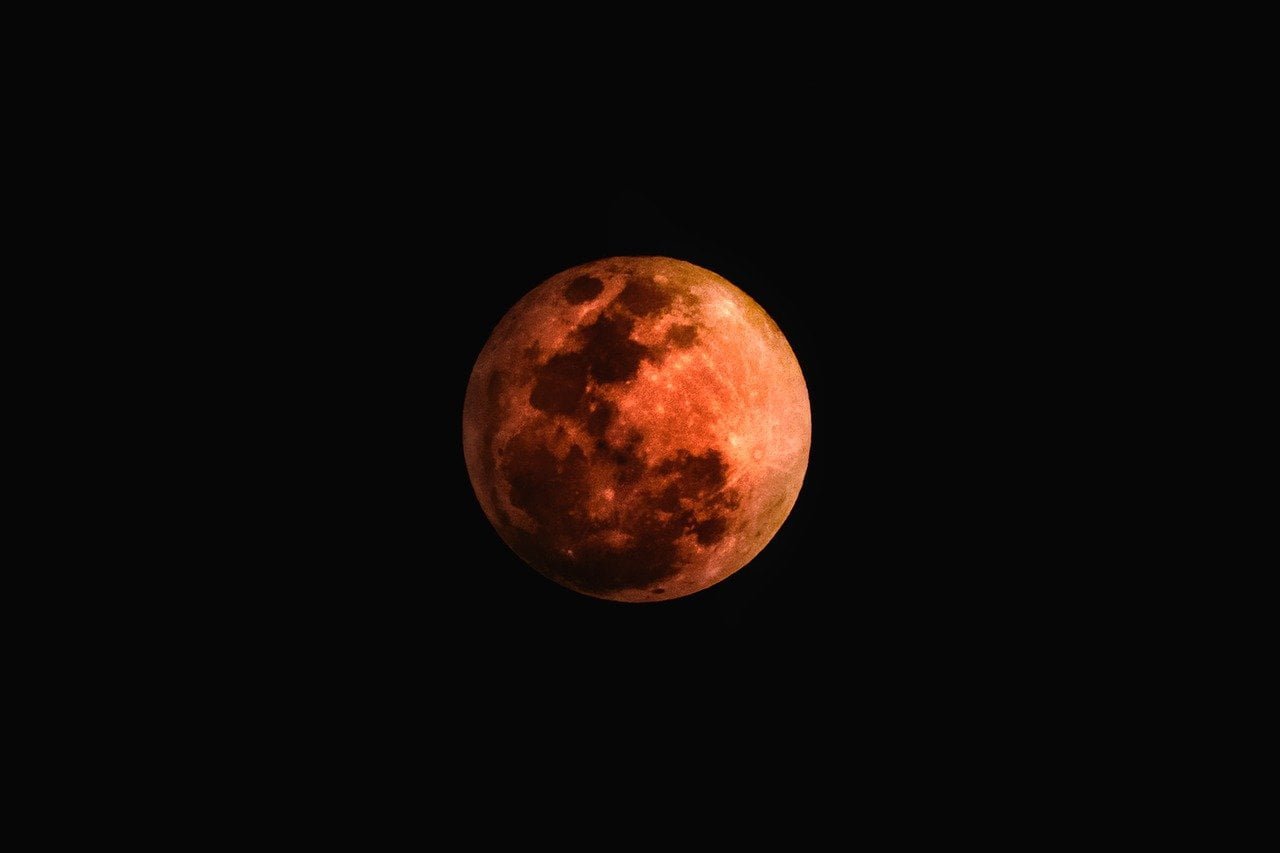On their journey towards finding a planet with conditions similar to Earth’s, astronomers discovered another super-Earth. The planet in question is located close to one of the closest stars to our Sun, Barnard’s star.
Scientists from Queen Mary University of London and the Institut d’Estudis Espacials de Catalynya and the Institute of Space Sciences/CSIC in Spain collaborated to work on the study regarding the super-Earth in our neighborhood.
Scientists refer to the newly discovered planet as rocky, and goes by the name of Barnard’s star b. It’s another super-Earth, with a mass of at least 3.2 times, compared to the Earth. It revolves around its host star once every 233 days. Super-Earths are exoplanets that consist of hard rocky and metallic surfaces like that of Earth and other rocky planets in our solar system, although much larger in size and mass.
The results published in the journal Nature show that the planet is located at the distant region known as the “snow line.” The region is located too far away to reach the habitable zone of its host stars, meaning that water in liquid state, as well as the right conditions for life as we know it on Earth, would be hard to exist.
Researchers also believe that the planet is extremely cold, estimating the temperatures to reach around -170 degrees Celsius, meaning it’s likely a frozen world. Nevertheless, substantial atmosphere on the planet, if found, can mean that the temperatures could be higher with conditions being more welcoming.
“Barnard’s star is an infamous object among astronomers and exoplanet scientists, as it was one of the first stars where planets were initially claimed but later proven to be incorrect. Hopefully, we got it right this time,” Dr. Guillem Anglada Escudé, from Queen Mary’s School of Physics and Astronomy, said in a statement.
Being located six light-years away from our Sun, Barnard’s star is the closest neighbor to our own sun, other than the Alpha Centauri triple system. Scientists found that the host star of the system is a red dwarf, a faint, low-mass star, also considered the best type of candidate when it comes to looking for the greatest exoplanets.
This, another super-Earth to be discovered, is the second closest neighbor planet to our Sun, with the closest one orbiting just a little over four light-years away, also discovered by the team led by Queen Mary’s Dr. Anglada Escudé. The planet is called Proxima b, that orbits around its red dwarf star, Proxima Centauri.
To discover the super-Earth, researchers referred to the radial velocity method. This innovative method is capable of detecting wobbles in a star, which is caused by the gravitational pull of a planet that orbits it. The wobbles help scientists find potential exoplanets by affecting how the light coming from their host stars is displayed. For example, as explained in the statement, as the star moves toward the Earth, it shows a color spectrum that is shifted toward the blue color, but once the star moves away, the colors begin being shifted toward the red.
According to the report in CNN, when the system is watched through a telescope, Barnard’s star appears to be moving the fastest compared to the other stars that can be seen in the night sky. The star moves extremely fast in respect to our sun and is the closest single star in the sky to our planet.
“The star is named in honor of the great American astronomer Edward Emerson Barnard, who was a pioneer of stellar photography and astrometry,” Paul Butler, study’s co-author and astronomer at the Carnegie Institution for Science told CNN. “He recognized that this star had the largest known proper motion a century ago.”





